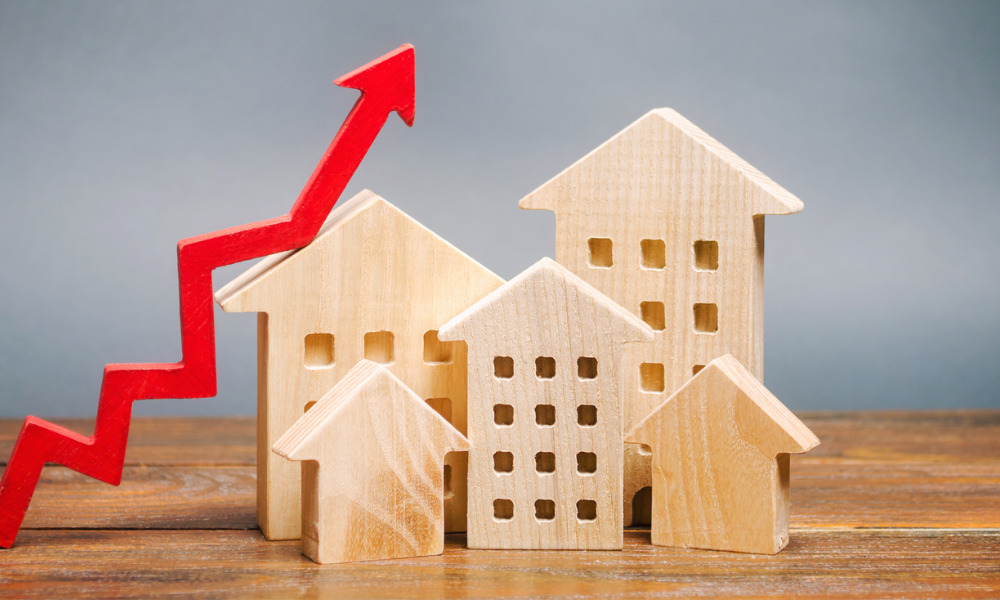The council's proposed 8.3% increase means a 21.8% increase for the Palmerston North ratepayer

Malcolm Prince has been living in a modest 1950s house a few blocks from central Palmerston North for 40 years but now finds himself reeling at the prospect of a 21.8% rate hike.
Read more: Horowhenua District Council shares affordable housing plans for district
And with submissions on the council’s proposed annual budget closing Thursday, Prince was worried many residents have not yet figured out what the rate hike means for them and are leaving it late to protest against hefty rate rises.
The council has proposed a total increase in rates income of 8.3% – but how that burden is shared has been skewed by the 2021 property valuations, which saw the land value of residential property, on which rates are calculated, nearly double, Stuff reported.
Read next: ANZ backs Auckland Council's sustainability commitment
The proposed rate change will see hundreds of people, whose land value has more than doubled, pay much more than the average rise.
In the case of Prince, who lives on an area measuring 0.0968 hectares, just under the New Zealand classic quarter-acre, his property’s land value has gone up from $320,000 to $680,000 in three years. So, his rates bill will likely surge from $3,331 this year to $4,060 next year.
The council itself acknowledged some rates bills would increase by more than $1,000.
Another property in nearby Cook Street is facing a 30% rate rise from $4,283 to $5,608.
Prince checked out some properties in his Keeling Street neighbourhood using the council’s online calculator and urged his friends to do the same. They come back with numbers like 21.8%, 23.8%, and 24.69%.
“A lot of people don’t realise what is going on,” Prince told Stuff. “It’s ridiculous. I’m pretty incensed. People have heard about the 8.3%, and that’s pretty steep, but they have not gone further. Anything above 20% is just untenable.”
The retired firefighter said the extra costs wouldn’t drive him and his wife Maddy Williams out of the house they had invested in. But for retired people with no other income, they’d be forced out of their homes into something smaller, just so developers could squeeze in several units.
Prince was concerned about what that infill trend would do, with more roofs and impermeable surfaces putting stormwater systems under even more pressure, Stuff reported.
And although Prince understood that demand for housing, and land for housing, was what’s driving residential land values so high, he believed the council had to change the system.
He suggested that the council drop the rate in the dollar of land value further, or change the uniform annual charge, or decide to cap individual rates rises at 10%.
Prince said he had not gone through the details of the council plans to identify where it could save on spending so the total rates demand would be lower, but figured it should be a case of attending to the basics first.
“I don’t know what the answer is. Maybe some sort of revolution?” he told Stuff.



